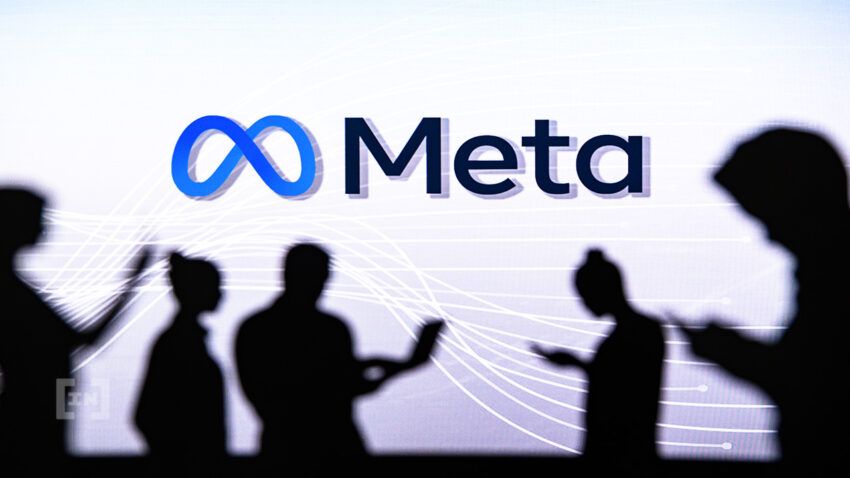META SET TO IDENTIFY AI-CREATED MATERIAL ACROSS MULTIPLE PLATFORMS.
Meta, the overseeing entity of major social media platforms like Facebook, Instagram, and Threads, has unveiled its plan to categorize every AI-generated material present on its range of platforms. This strategic move aims to confront the escalating prevalence of content created by AI, bringing attention to the challenges associated with distinguishing authenticity. Meta recognizes the increasing blend between content generated by humans and synthetic means, signaling a necessity for users to differentiate between the two.
Meta’s strategy involves working in conjunction with industry collaborators to establish standardized technical norms for recognizing AI-generated content, spanning various formats such as video and audio. The company intends to introduce visible markers, concealed watermarks, and embedded metadata to indicate the involvement of AI in producing lifelike images.
Highlighting its continuous endeavors, Meta emphasizes the development of tools capable of identifying AI-generated content on a large scale, even without conventional indicators. The company’s research division, FAIR, explores innovative watermarking technologies like Stable Signature to fortify content authenticity.
The announcement also delves into the regulatory and ethical aspects associated with AI-generated content. Meta underscores the importance of sustained discussions with governments, civil society, and industry peers to effectively navigate the intricacies of this sector.
In terms of content moderation, Meta stresses the role of AI in upholding community standards and combatting harmful content. Utilizing AI systems, Meta asserts a significant reduction in the prevalence of hate speech across its platforms.
Recognizing the early stages of AI-generated content proliferation, Meta anticipates broader societal conversations about authentication and regulation. The company commits to adaptability, incorporating user input and industry perspectives to refine its strategy over time.
News Source: Techeconomy

